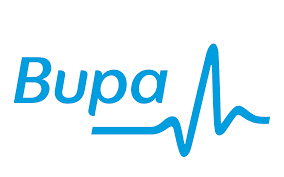What happens during a back pain assessment?
In the assessment you will be greeted by a patient advisor and some details on your complaint will be taken, along with some medical history. The patient advisor will also record some of your vital signs as part of a medical screen, this will involve your blood pressure, weight, height and pulse rate.
Following this, the practitioner (chiropractor or osteopath) will take a full, in depth history of your complaint and then carry out a physical examination. This involves performing some simple movements followed by more specific clinical testing to ascertain the underlying cause of any discomfort. On some occasions x-rays may also be taken, depending on what is found by the practitioner.
The findings of the assessment will then be discussed and explained to you, and a tailored treatment plan will be developed, specific to your needs.
What happens during a back pain treatment session?
Freedom offers a variety of different treatments, including chiropractic, osteopathy, sports massage, acupuncture and physiotherapy and many more. The most appropriate type of care will be recommended to the patient, depending on their specific condition.
Each practitioner works differently, and they tailor their treatment for the specific needs of the individual patient.
Hints and tips for avoiding back pain.
At Freedom, it is important to us that once we get you out of pain, we keep you that way. We offer and recommend on-going care and maintenance to avoid future flare-ups. We also offer lifestyle advice and information, for example, we can provide stretching and exercise routines, to help keep you out of pain.
- Try not to slouch or sit in a poor posture and ensure you have regular breaks when working at a desk or computer.
- Drink plenty of water, stretch regularly and try to keep as mobile as possible.
- Do not ignore pain or twinges and for acute pain use ice.
- Purchasing an ergonomic keyboard and mouse for work can also help to avoid back problems.
- Ensure you try to wear good, supportive footwear when standing, walking and exercising.
- Try to improve the strength of your ‘core’ muscles by joining a Pilates or yoga class.
And, as mentioned above, regular maintenance visits are better to keep on top of the problem and to prevent future flare-ups of the condition!





